My Turn: Correcting the record: Shays Rebellion was no Jan. 6
| Published: 02-28-2022 7:13 AM |
With the anniversary of the Jan. 6 insurrection, Michael Steele and Miles Taylor published an article on MSNBC that invoked “Shays’ Rebellion” as a historical precursor for the insurrection, but these two events have very little in common, and come from two very different traditions of American protest.
Daniel Shays and his thousands of protestors were part of a long tradition of theatrical street protests in which farmers showed their countrymen that they were suffering an injustice at the government’s hands. In 1786 they clearly were. The merchant elites who dominated Massachusetts’ Legislature had passed flagrantly unjust economic policies that were driving the farmers off their land in order to pay windfall profits to speculators and financiers who were buying their farms at steep discounts when the state seized them for debts.
In the media of the day, and in private letters among the Founding Fathers, the farmers’ nonviolent protests were blown up into “violent insurrection” in now-transparent acts of propaganda. Nationalists like Alexander Hamilton and Massachusetts Gov. James Bowdoin, who believed that the Articles of Confederation needed to be revised in a Constitutional Convention, used the protests for their purposes.
War hero Henry Knox wrote to George Washington from Boston, hoping to draw him out of retirement to lead that convention by turning six peaceful protests with up to 2,000 farmers into “12 or 15,000 desperate and unprincipled men” staging “a formidable rebellion against reason, the principle of all government, and the very name of liberty,” which would lead to “all the horror of faction and civil war” and “an arbitrary and capricious armed tyranny.”
This picture does not square with reality. Shays’ farmers were entirely nonviolent. Of the thousands of men who staged protests to obstruct the unjust courts, no one even threw a stone through a courthouse window. In their editorials to local papers, the people called themselves Regulators, joining a long tradition of regular people regulating their regions in the face of unjust laws imposed from remote cities, and they enjoyed widespread support throughout the state, from Concord and Taunton in the east to Great Barrington in the Berkshires.
But didn’t the Regulators try to arm themselves at the Springfield arsenal? Not really. When the Regulators marched to Springfield on Jan. 25, 1787, they hoped to commandeer the stockpiled weapons in order to keep them from being used against them, in a last-ditch effort to negotiate a peace before the governor’s army instituted martial law in their region. They could have seized those weapons at any point in the previous six months, but they had always ignored them. On the fateful day of Jan. 25, they suffered casualties of four dead and 20 wounded from government cannon, but they never fired a shot in response. They merely retreated to cries of “murder, murder.”
The Jan. 6 insurrection comes from a different line of protest, as protestors including elected representatives and members of law enforcement and the military sought to interrupt the constitutionally-authorized transfer of power. This attempted coup was more in line with the violence America witnessed during and following Reconstruction, when Southern forces used systematic voter suppression and violence against elected officials — as well as lynchings and “race riots” like Rosewood and Tulsa — to preserve the pre-war status quo.
In her 2020 book, “How the South Won the Civil War,” presidential historian Heather Cox Richardson shows that these threats, lynchings, murders and fire bombings instituted a culture of impunity that used racial animus to enshrine the power of a small party of wealthy landowners.
Article continues after...
Yesterday's Most Read Articles
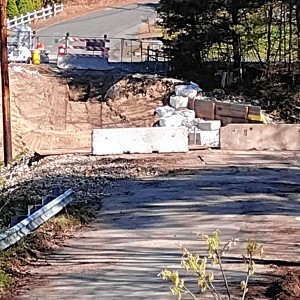 Work on Pinedale Avenue Bridge connecting Athol and Orange to resume
Work on Pinedale Avenue Bridge connecting Athol and Orange to resume
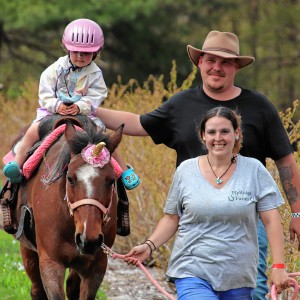 PHOTOS: Enchanted Orchard Renaissance Faire at Red Apple Farm
PHOTOS: Enchanted Orchard Renaissance Faire at Red Apple Farm
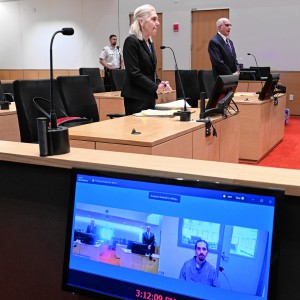 Lawyer argues Joshua Hart’s 2018 conviction for Orange murder had inconsistent verdicts
Lawyer argues Joshua Hart’s 2018 conviction for Orange murder had inconsistent verdicts
 UMass basketball: Minutemen nab another transfer in Arizona State forward Akil Watson
UMass basketball: Minutemen nab another transfer in Arizona State forward Akil Watson
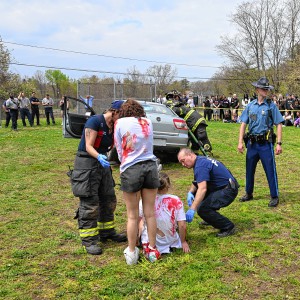 ‘Arrive Alive’ shows Athol High School students the dangers of impaired driving
‘Arrive Alive’ shows Athol High School students the dangers of impaired driving
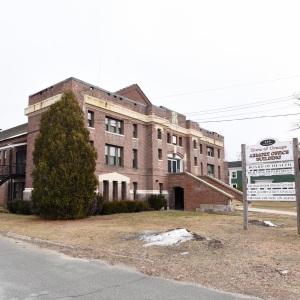 Orange Selectboard declares armory as surplus property
Orange Selectboard declares armory as surplus property
As the Jan 6 anniversary has come back around, America needs Daniel Shays’ legacy more than ever. This popular movement was driven by tight-knit communities who demonstrated their patriotism by keeping the peace and appealing to their countrymen’s sense of justice. Two months after their forces were dispersed at gunpoint, the people voted by an overwhelming two-to-one margin to bring John Hancock out of retirement to serve as governor of Massachusetts and issue reforms and pardons.
As Americans of all stripes search their history for strategies to reclaim a government that has been captured by the rich and powerful interests, Shays’ protests show us that demonstrations of solidarity and civil disobedience can galvanize a people to lead their leaders to regulate the country’s business more fairly.
Daniel Bullen is the author of “Daniel Shays’s Honorable Rebellion,” published by Westholme Press.

